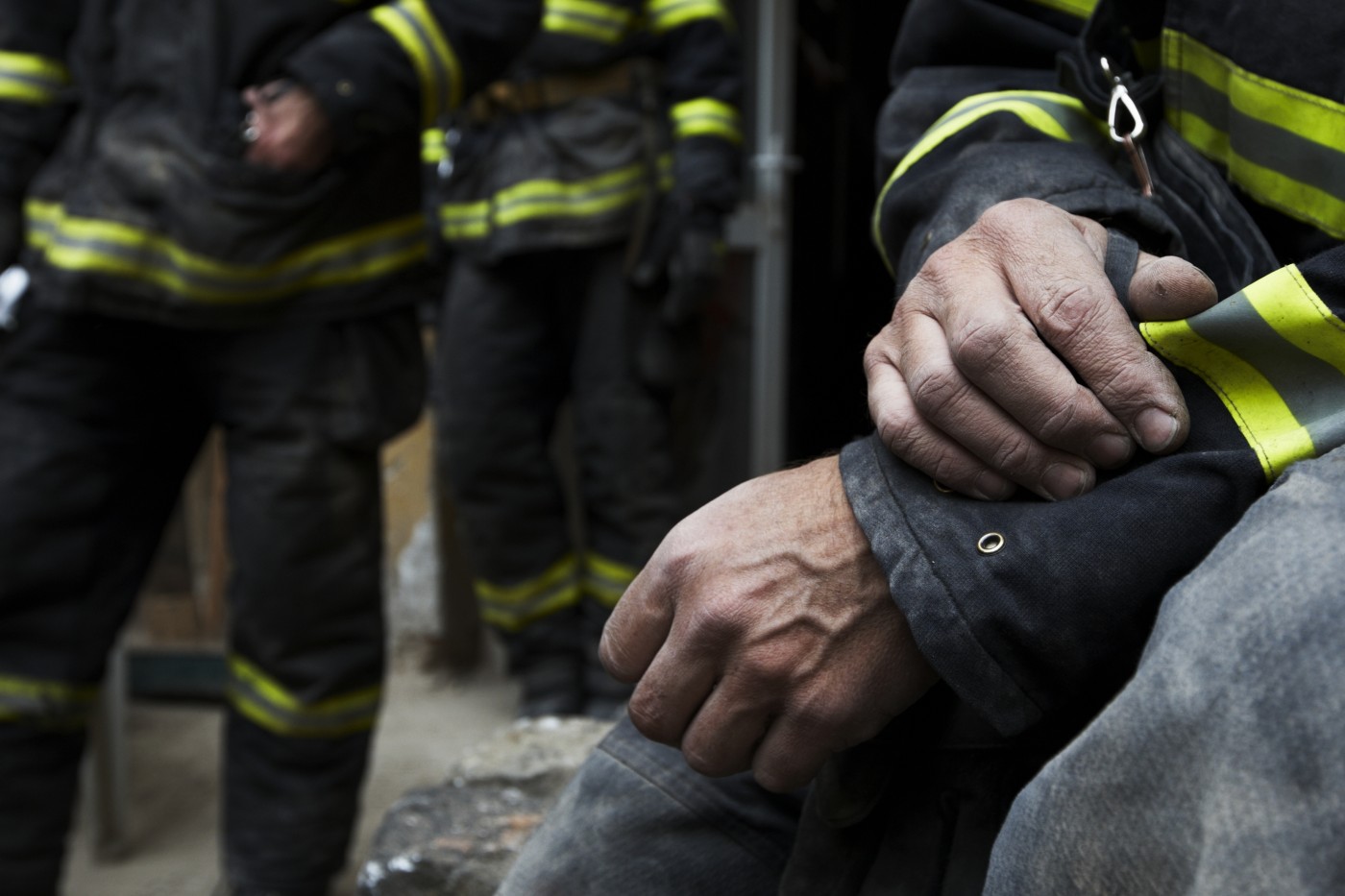 A recent study published in the journal Arthritis & Rheumatology revealed that rescue and recovery workers involved in the events involving the World Trade Center (WTC) terrorist attack in 2001 in New York are more prone to systemic autoimmune diseases due to exposure to the debris. The study, which was the result of a collaboration between four medical centers in New York and the Fire Department of the City of New York Bureau of Health Services, is entitled “Nested Case-Control Study of Selected Systemic Autoimmune Diseases in World Trade Center Rescue/Recovery Workers.”
A recent study published in the journal Arthritis & Rheumatology revealed that rescue and recovery workers involved in the events involving the World Trade Center (WTC) terrorist attack in 2001 in New York are more prone to systemic autoimmune diseases due to exposure to the debris. The study, which was the result of a collaboration between four medical centers in New York and the Fire Department of the City of New York Bureau of Health Services, is entitled “Nested Case-Control Study of Selected Systemic Autoimmune Diseases in World Trade Center Rescue/Recovery Workers.”
Systemic autoimmune disorders are characterized by an overreaction of the body’s own immune system that leads to the attack of healthy tissues, such as joints and organs, resulting in inflammation, pain, disability and often in tissue destruction. The causes underlying autoimmune diseases are poorly understood, although genetic factors are thought to play a role. Besides genetics, environmental, occupational or other factors most likely also contribute to the development of the disease. In fact, environmental exposure to metals, organic solvents, silica, hydrocarbons, pesticides, and cigarette smoking have been reported to be associated with many autoimmune diseases.
Several rescue/recovery workers and residents in the WTC area were, after the attack and subsequent building collapse, exposed to aerosolized dust, an amalgam of pulverized glass fibers, cement, silica, lead, hydrocarbons and dioxins. Many firefighters and Emergency Medical Service (EMS) workers of the Fire Department of the City of New York (FDNY) were on the site after the attack and several continued to work in the area for up to 10 months, being chronically exposed to a combination of re-suspended particles.
The research team tested the hypothesis that exposure to the WTC debris, either acute (upon arrival at the WTC) or chronic (months of WTC-related work), was associated with a higher incidence of systemic autoimmune diseases. A nested case-control study was conducted where each confirmed case of autoimmune disease diagnosed between 9/12/2001 and 9/11/2013 (59 cases in total) was individually matched to four randomly selected controls taking into account the gender, race, year of hire (±1 year) and work assignment (Emergency Medical Service or firefighter). Rheumatologists were unaware of the exposure status of the individuals.
Researchers found that of the 59 cases of diagnosed systemic autoimmune disease, rheumatoid arthritis was the most frequently diagnosed, corresponding to 37% of the cases, followed by 22% cases of spondyloarthritis, 14% of inflammatory myositis, 12% of systemic lupus ethythematosus, 5% of systemic sclerosis, 5% of Sjögrens syndrome, 3% of antiphospholipid syndrome and 2% of granulomatosis with polyangiitis (Wegener’s). Interestingly, researchers found that the effects of chronic exposure increased by an estimated 13% for each month spent working at the WTC site, and individuals who worked at the site for the complete 10 months had a likelihood of more than 3-times of developing an autoimmune disease.
“We believe that this is the first study to demonstrate that prolonged WTC-exposure is an important predictor of post-9/11 systemic autoimmune diseases,” said the study’s lead author Dr. Mayris Webber in a news release. “It is our hope that increased awareness of this association can lead to earlier diagnosis and treatment.”
The research team concluded that prolonged work at the WTC site can be considered a strong key predictor of systemic autoimmune diseases. The team suggests that the World Trade Center Health Program should increase their surveillance efforts for individuals who had a longer exposure to the site and provide them with early access to proper care, as early disease detection and treatment has been shown to improve quality of life and reduce organ damage.


